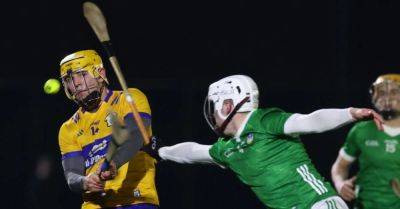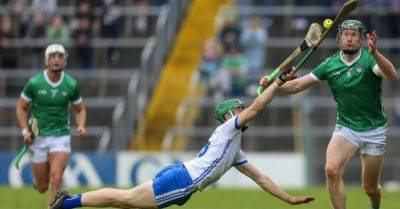Are there patterns to the decisions made by hurling referees?
Analysis: 3 research findings suggest referees might display a compensating tendency when it comes to awarding frees in matches
80 years ago, there was one scientist that was allowed to come and go as he pleased from the Manhattan Project in Los Alamos. John von Neumann's sizable contribution to the development of the nuclear bomb is widely documented, but you would not know it from watching Oppenheimer. The movie opens and closes with Oppenheimer meeting Albert Einstein at the Institute for Advanced Studies (IAS). The IAS was Von Neumann’s base for 25 years from 1933. While based at the IAS von Neumann co-authored The Theory of Games and Economic Behavior with Oskar Morgenstern. The book was to have a profound impact on the discipline of economics.
Von Neumann loved playing games and his late nights in Los Alamos were filled with poker games and scientific discussions. More importantly, he loved thinking about how games should be played. Poker examples litter The Theory of Games and Economic Behavior.
We need your consent to load this YouTube content We use YouTube to manage extra content that can set cookies on your device and collect data about your activity. Please review their details and accept them to load the content. Manage Preferences
From Mathematical Association of America Committee on Educational Media, 1966 documentary on mathematician John Von Neumann
The 1944 book leverages a crucial mathematical solution that von Neumann published in a 1928 paper called "On the Theory of Parlour Games". To arrive at a solution, von Neumann had to describe the abilities of the competitors. He decided to populate his mathematical model with competitors who always play their best possible strategies.
In the decades that








